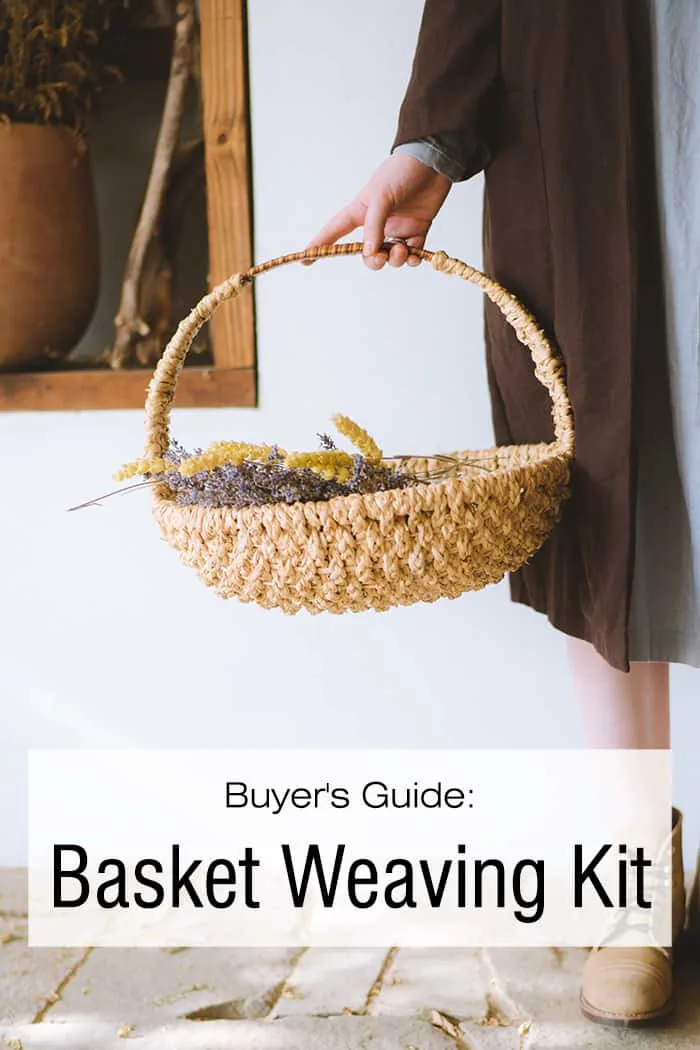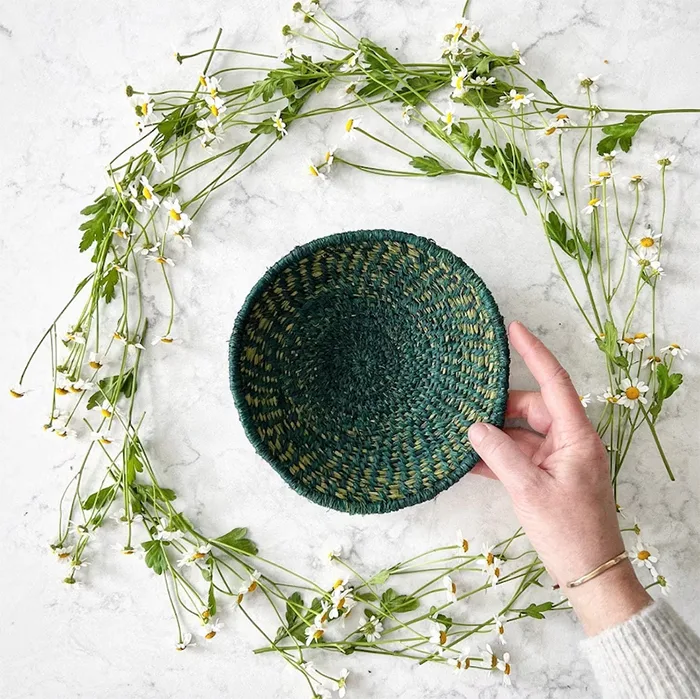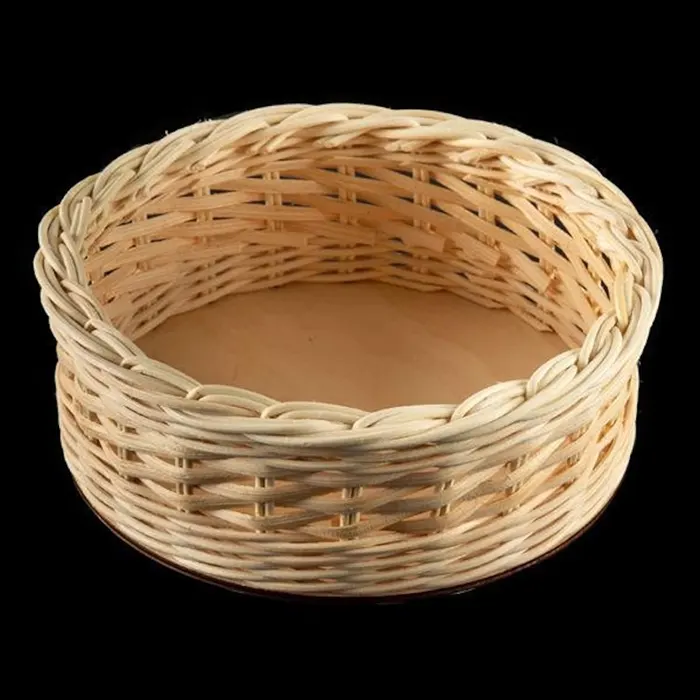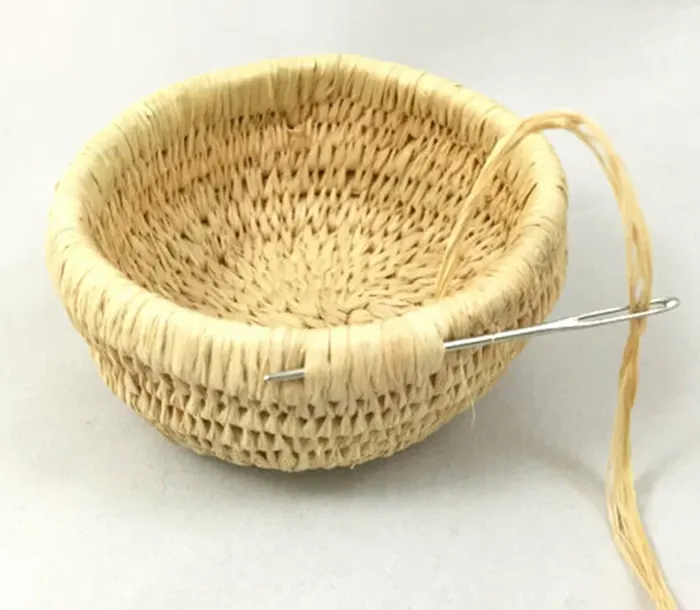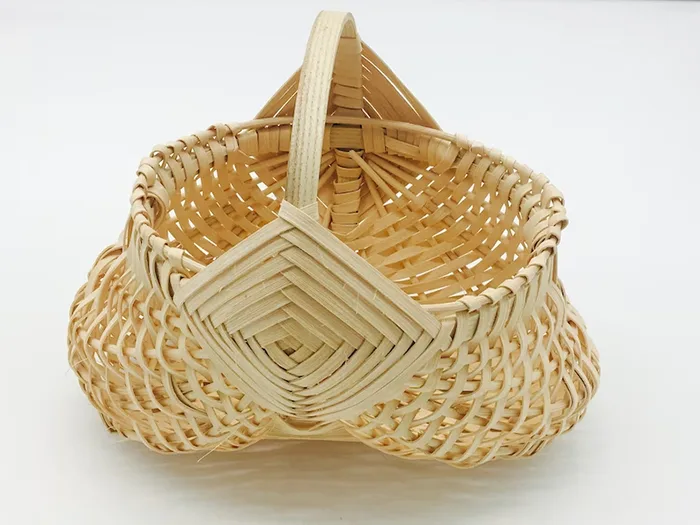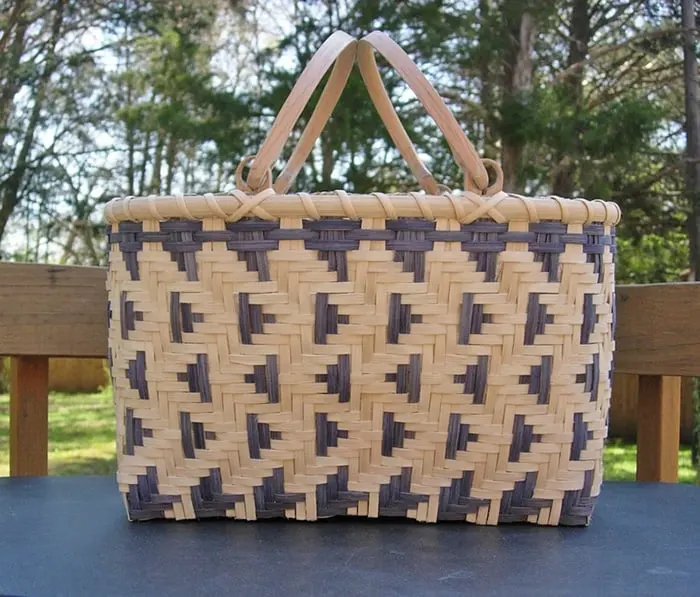
Are you ready to dive into the fascinating world of basket weaving? Whether you’re a crafting enthusiast or a curious beginner, finding the perfect basket weaving kits can seem like a daunting task. With a dizzying array of options to choose from, it’s easy to get tangled up in the overwhelming sea of choices.
But fear not! In this buyer’s guide, we’ll unravel the confusion and guide you towards selecting the ideal kit that aligns with your needs and preferences. So, buckle up and let’s untangle the intricacies of choosing the perfect basket weaving kit together.
[ This post probably contains affiliate links, our full disclosure policy is boring, but you can read it HERE ]
What are the 4 types of basket weaving?
When it comes to basket weaving, there are various techniques and styles that you can explore. Each type of basket weaving offers its own unique challenges and rewards, allowing you to create stunning works of art. In this section, we will discuss the four primary types of basket weaving to help you understand the differences and determine which one might be the easiest for you to start with.
1. Coiling
Coiling is a technique that involves wrapping and stitching materials together in a spiral pattern to create baskets. It’s a versatile method that can be done with a wide range of materials, such as pine needles, grasses, or even fabric strips. Coiled baskets can have a rustic or contemporary look, depending on the materials and designs used.

2. Twining
Twining is a weaving method that involves interlacing two or more weavers (strips of material) around a framework of spokes. This technique creates a sturdy and balanced basket with distinct patterns. Twined baskets often have a more traditional or tribal aesthetic, and they can be made with materials like reeds, willow, or sweetgrass.

3. Plaiting
Plaiting, also known as braiding, is a technique that involves weaving together three or more elements in an over-under pattern. This method can produce intricate designs and is often used for making decorative or functional baskets. Materials commonly used for plaiting include flat reeds, cane, or even paper strips.

4. Wicker
A wicker weaved basket is woven from a stiff fiber, traditionally from wicker. But this weaving technique can also be used to create baskets with plastic fiber, twisted paper fiber, willow branches, canes, or reeds

Now that you have a better understanding of the four primary types of basket weaving, you can start exploring which one appeals to you the most. Keep in mind that while some techniques may be easier to grasp initially, all of them require practice and patience to master.
RELATED: How to Sew a Nesting Fabric Basket: A Step-by-Step DIY Tutorial
RELATED: DIY Storage Boxes and Baskets
What is the easiest basket weaving?
When it comes to basket weaving, some techniques may be easier to grasp than others. If you’re a beginner or simply looking for a less complex method, you’ll be happy to know that there is an option for you: the coiling technique.
Coiling is often considered one of the easiest basket weaving methods to learn. This technique involves wrapping a long, flexible material, such as straw or fabric strips, around a central core. The coils are then stitched together, creating a beautiful and functional basket. The simplicity of coiling makes it a great starting point for beginners who want to dip their toes into the world of basket weaving.
One of the advantages of coiling is that it allows for a wide range of design possibilities. You can experiment with different materials, shapes, and sizes to create unique and personalized baskets. Whether you prefer a small, intricate design or a larger, more substantial piece, coiling offers the flexibility to bring your creative vision to life.
Coiling also offers a forgiving learning curve. As you practice and refine your technique, you’ll develop a rhythm and familiarity with the process. With each coil you add, you’ll gain confidence and improve your basket weaving skills. The repetition of the coiling motion allows for a gradual progression, making it easier to advance and tackle more complex projects in the future.
Now that you have an understanding of the easiest basket weaving technique, let’s take a look at how you can start your basket weaving journey with the coiling method.
RELATED: The best patterns to sew fabric baskets and bins
RELATED: How to make a rope basket
How do you start basket weaving?
Basket weaving can seem intimidating at first, but starting is easier than you might think. To begin, it’s essential to gather the necessary materials. You’ll need a basket weaving kit, which typically includes a selection of reed or other weaving materials, weaving tools, and detailed instructions. These kits are designed to provide beginners with everything they need to get started on their basket weaving journey.
Once you have your basket weaving kit, find a comfortable and well-lit workspace. It’s important to have enough room to spread out your materials and easily access them as you weave. If you’re new to basket weaving, it’s a good idea to start with a smaller project. A small coaster or a simple bowl is an excellent choice for beginners, as it allows you to practice the weaving technique and gain confidence before moving on to larger, more intricate designs.
To begin your first project, follow the instructions provided in your kit. Start by preparing the reed or other weaving material by soaking it in water to make it more pliable. It may take a few tries to get the hang of it, but don’t get discouraged. Keep practicing, and soon you’ll find yourself creating beautiful and functional baskets.
Assessing the Quality of Materials
As you continue on your basket weaving journey, it’s essential to consider the quality of materials you’ll be working with. The materials you choose can significantly impact the durability and overall look of your finished baskets.
When evaluating the materials, start by examining the type of reeds or fibers provided in the basket weaving kit. The reeds should be smooth, flexible, and free from any cracks or splits. Avoid kits that include brittle or damaged reeds, as they can be challenging to work with and may result in a weaker basket structure.
Next, pay attention to the color and consistency of the reeds. A high-quality kit should provide reeds that have a uniform color and thickness throughout. Inconsistent colors or thicknesses can affect the aesthetic appeal of your basket, making it look uneven or unprofessional.
Additionally, consider the strength of the materials. The reeds should have enough tensile strength to withstand the weaving process without breaking or fraying easily. Bend the reeds gently to test their resilience. If they snap or show signs of weakness, it’s an indication of low-quality materials.
Furthermore, take a close look at any supplementary materials included in the kit, such as handles or embellishments. These extras should be sturdy and well-made, as they contribute to the overall functionality and visual appeal of your basket. Avoid kits that provide flimsy or poorly crafted handles, as they can compromise the overall durability of your finished piece.
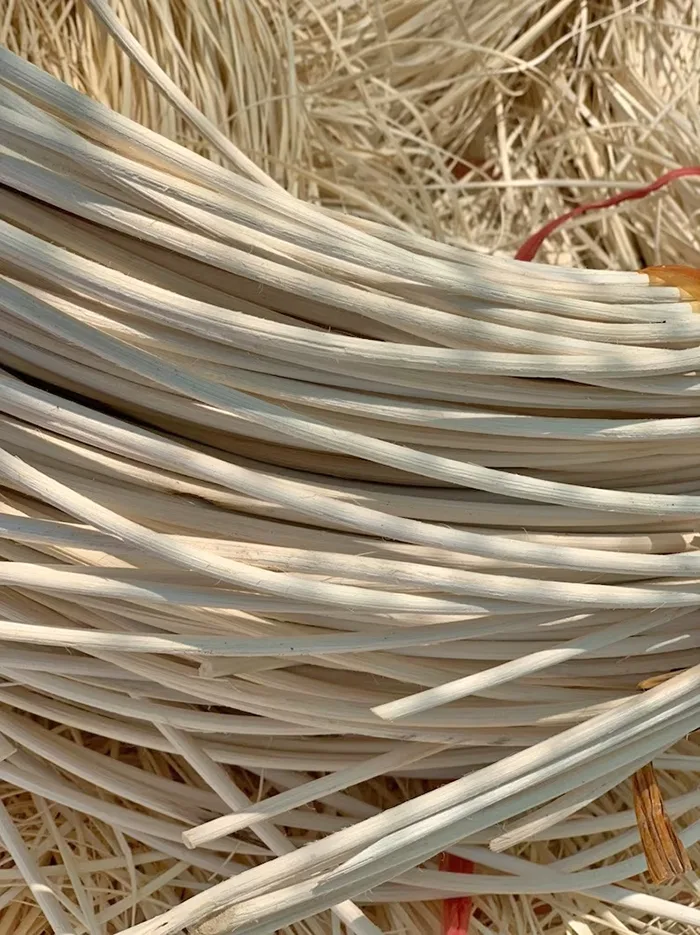
Finding a Kit That Fits Your Skill Level
Another crucial aspect to consider when choosing a basket weaving kit is finding one that matches your skill level. Whether you are a beginner looking to learn the basics or an experienced weaver seeking more advanced projects, selecting a kit that aligns with your skill level will ensure the best possible weaving experience.
For beginners, it is essential to find a kit specifically designed for novice weavers. These kits typically provide step-by-step instructions and materials that are easy to work with, allowing you to learn the fundamental techniques of basket weaving at your own pace. Look for kits that offer clear and detailed instructions, as well as simple patterns that allow for gradual skill development.
On the other hand, if you have some experience with basket weaving and are ready to challenge yourself, consider kits that offer intermediate or advanced patterns. These kits often provide more intricate designs and techniques, allowing you to expand your skills and create more complex and sophisticated baskets. Look for kits that offer a range of difficulties, so you can further progress your weaving abilities as you become more comfortable with different techniques.
Additionally, consider the variety of patterns included in the kit. A kit that offers a diverse range of patterns allows you to explore different styles, sizes, and shapes of baskets. This versatility enhances your ability to create baskets that suit your personal taste and specific needs. Whether you prefer traditional, rustic designs or contemporary, modern aesthetics, having access to a wide selection of patterns enables you to diversify your basket weaving projects and cater to different preferences.
Beginner level: Coiled basket weaving kit
Intermediate level: Egg basket weaving kit
Experienced level: Pattern for Twill Weave basket
In conclusion, choosing the perfect basket weaving kit is a thoughtful process that involves considering key factors such as the quality of materials, available basket patterns, weaving techniques, tools and supplies, and your own skill level.
By following this comprehensive buyer’s guide, you can confidently select a kit that aligns with your preferences and needs, setting yourself up for a successful and rewarding weaving journey.
Remember, every stitch and pattern you choose will be a step towards creating stunning and unique creations that reflect your creativity and craftsmanship. So, why wait? Unleash your inner artist and start weaving your own beautiful masterpieces today!
Want to remember it? Save this Basket Weaving Kit Buyer’s Guide on your favorite Pinterest board.
